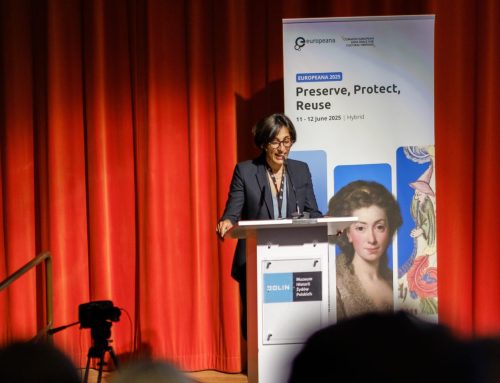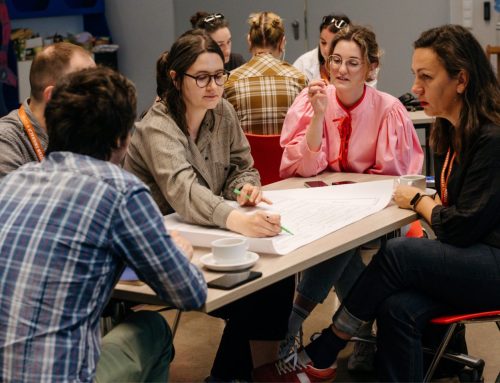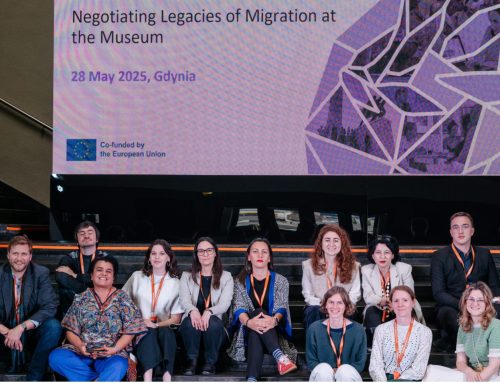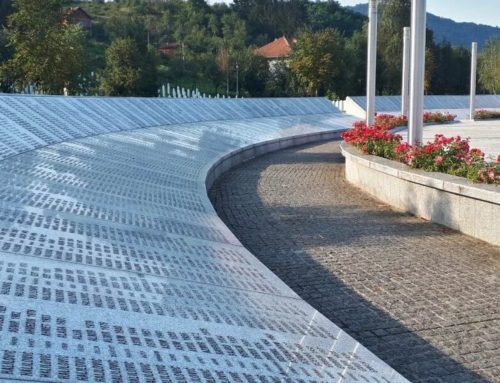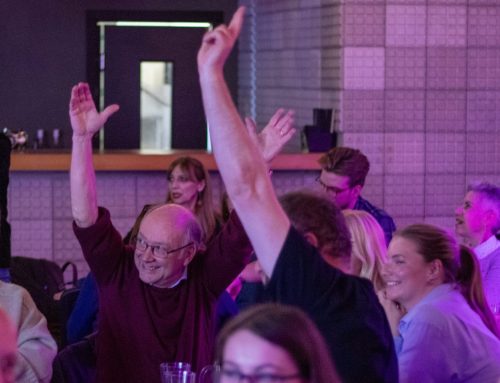Photo: Frank Rizzo Statue at Philadelphia’s Municipal Services Building
Credits to Stephen M. Scott
A day after this blog post was originally published, the statue was removed. For details see local news report at NBC Philadelphia.
During this past weekend , the city of Philadelphia, like dozens of cities across America, erupted in mass protests in response to the murder of George Floyd, an unarmed African American, by a police officer. Addressing the rioting that saw Philadelphia’s stores looted and burned, more than 200 people arrested, 13 police officers injured, and 4 police vehicles torched, the city mayor, Mike Kenney, placed one item high on the city’s post-riot agenda—the removal of a 10-foot bronze statue of former mayor and police commissioner, Frank Rizzo.
“I never liked that statue,” Kenney said at a press conference last Sunday. “I don’t think it’s been deserved in the first place, and I didn’t put it there.”; The statue, Kenney promised, would be removed “within weeks.” “We’re going to accelerate its movement,” Kenney said.
Coming amid a pandemic that has killed more than 100,000 Americans and left 40 million unemployed, not to mention violence that has blighted Philadelphia’s streets, it might seem an unusual priority, but suggests the prominent role that statues can have in public affairs. The bronze statue of Frank Rizzo, located on a large square in the municipal center, became the target of protests. It was splattered with red paint and smeared with graffiti. A police cordon was formed to shield it from damage.
As Mayor Kenney notes, the statue of Rizzo should perhaps not have been commissioned in the first place, but the 10-foot bronze erected in 1999 assumed a particularly tragic irony following the George Floyd murder. Before his time as mayor of Philadelphia from 1972 to 1980, Rizzo had served as police commissioner. Fashioning himself as a “tough cop” fellow policemen called him “The General”. He once said that when he became commissioner, the department had only “six shotguns.” “Now, we’re equipped to fight a war.” While many white Philadelphians saw Rizzo as a “law and order” official, the African American community saw him differently. During Rizzo’s years as police commissioner from 1967 to 1971, he had a reputation for using excessive force against the Black community. As mayor, he ran on a “Vote White” platform, strongly opposing desegregation.
Although the statue has been a point of contention since it was erected in 1999, plans to relocate the statue from its prominent location near city hall have accelerated in recent years. Mayor Kenney said at his press conference last Sunday that he had considered removing it recently but the high cost, $100,000, compelled him to wait until 2021 when there was a planned renovation of the square. One Black community leader, Faye Anderson, said the statue’s presence exacerbated last weekend’s violence. “Having [the statue] there was like waving a red flag in their face,” Faye said of the protesters. “And they finally combusted.” The mayor was also criticized for the handling of the statue following the riots. The red paint and graffiti were removed during the Sunday morning clean-up, and a police cordon placed around the statue. “We’re using the police force to protect a white icon when there are not police protecting black and brown families in this moment,” Bishop Dwayne Royster observed. “If the mayor wants to be tone-deaf, that was one of the most tone-deaf things the city could have done, is clean up that statue first and make sure they continue to have police around that statue.”
Philadelphia is not the only city to see a statue become the center of public violence, as was demonstrated three years ago with the killing of 32-year-old Heather Heyer during violence over a statue of Civil War general Robert E. Lee in Charlottesville, Virginia, in August 2017; or the protests over a statue of a colonial-era governor, Cecil Rhodes, in Cape Town, South Africa, two years prior; or street violence over a Soviet-era memorial, ten years earlier, in the Baltic state of Estonia. Monuments matter.
Statues, monuments and other physical representations of historical legacies in public spaces are the most visible and visceral expressions of historical identity of a community. By their very nature—stone, metal, concrete—they have limited capacity to capture the complexity and nuance of history, and even more to change with the times. It is incumbent on elected officials like Mayor Kenney, as well as civil society activists, to understand the evolving nature of public sentiments and values, recognizing a fundamental verity of historical legacies in public spaces: Times change, people change but statues don’t. It is therefore up to those who can make a change to do the right thing at the right time.
Marie-Louise Jansen
Director
Project on Contested Histories in Public Spaces



